True, Iceland can be eye-wateringly pricey, but with some planning it is possible to visit the land of fire and ice without spending a fortune. Here’s how to make it happen.
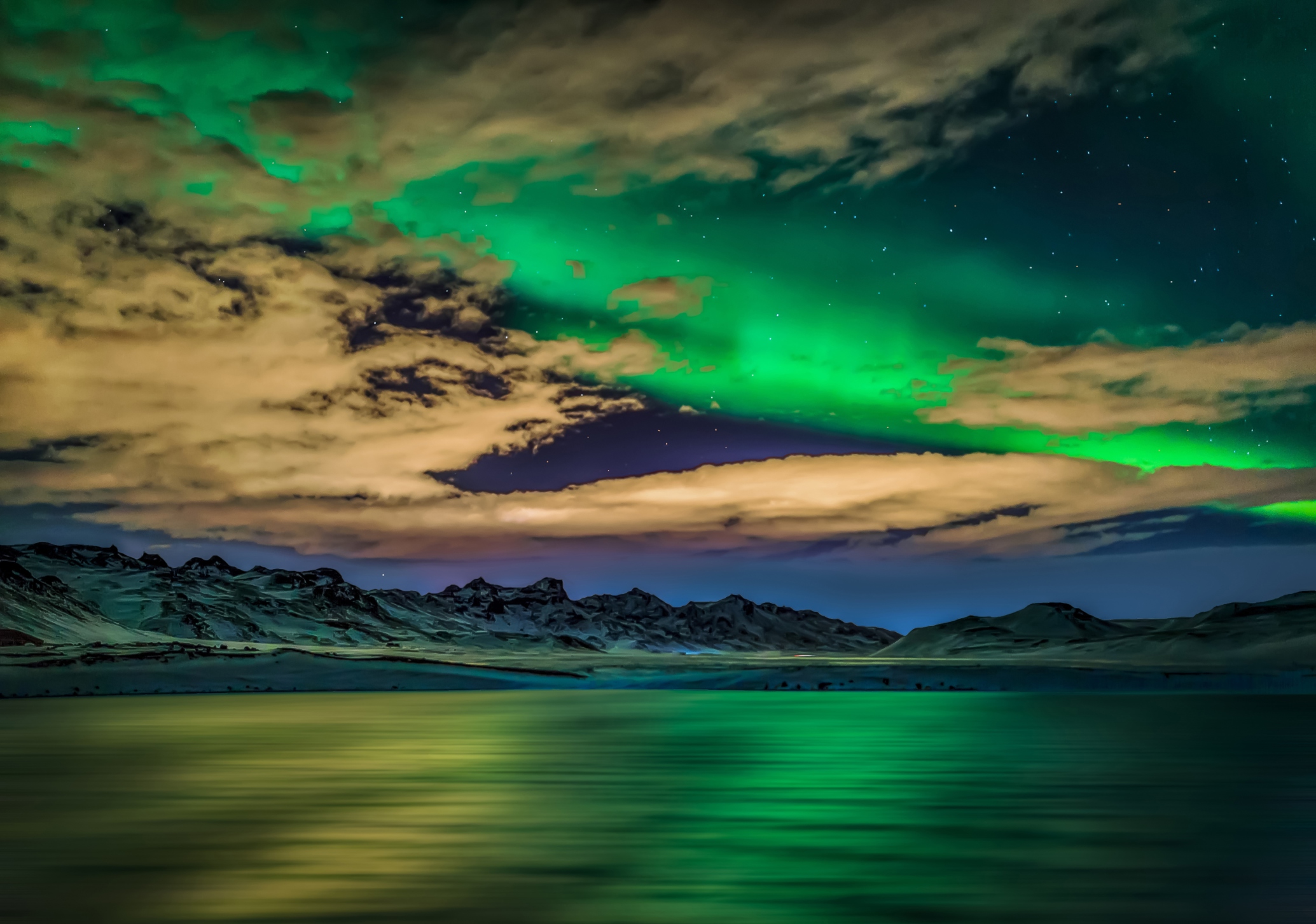
In Iceland, horizons are dotted with volcanic peaks, gushing waterfalls spring from every crevice and valleys are carved in front of your eyes by vast glaciers. This spectacular scenery is currently free to explore. A fee of some description may be introduced in 2015 or 2016, with one suggestion requiring visitors to purchase a Nature Pass. But even if the proposals go ahead, compared to the national park fees in some countries (the Nature Pass would cover the whole country and cost around Ikr1500 – US$11 or €10 – for a month), Iceland's wonderful natural landscape is still a bargain.
Many of the sights are easily accessed from the Ring Road, which circles Iceland. Along the south coast, showstoppers include incredible waterfalls such as Seljalandsfoss, where you can walk behind the falls, and Skógafoss, where rainbows arc through the spray in sunshine. Other attractions include the dramatic black beach at Vík, the massive Vatnajökull ice cap and the Jökulsárlón lagoon, where blue icebergs journey out to sea.
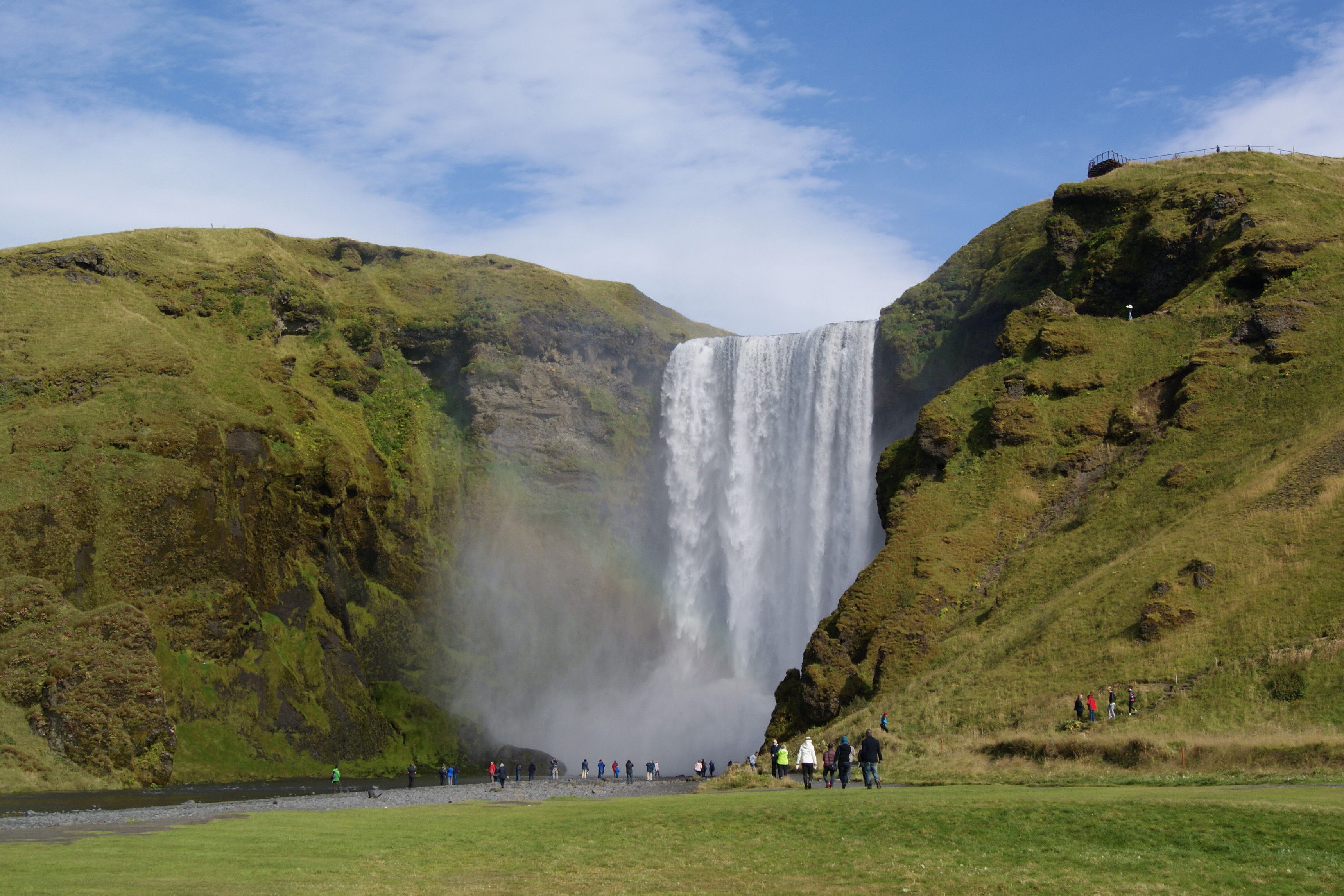
The most popular day trip from the capital, Reykjavík, is to the Golden Circle. It's home to the magnificent Gullfoss waterfall, Geysir, the geyser after which all others are named, and Þingvellir, the site of the world’s first parliament.
Reykjavík itself is an enjoyable city to explore, and some attractions are free to enter, including the must-see Hallgrímskirkja church (there is a charge of Ikr700 to go to the top for views across the city and its rooftops). The iconic Harpa building, the city’s cultural hub, is worth a visit even if you’re not shelling out for a performance. City Walk Reykjavik (http://citywalk.is/), meanwhile, is a free guided tour that has gained a great reputation and relies solely on donations.
From relaxing in the famous Blue Lagoon to high-octane experiences such as snowmobiling, glacier hiking and descending into a volcano, Iceland offers incredible activities. Some can be undertaken independently, although you should prepare carefully as Iceland’s natural environment is both wild and fragile. Tour companies offer a spectrum of activities, some taking in the sights mentioned above, but trips don’t come cheap, so pick one or two which you really want to try and focus on finding the best experience for your money.
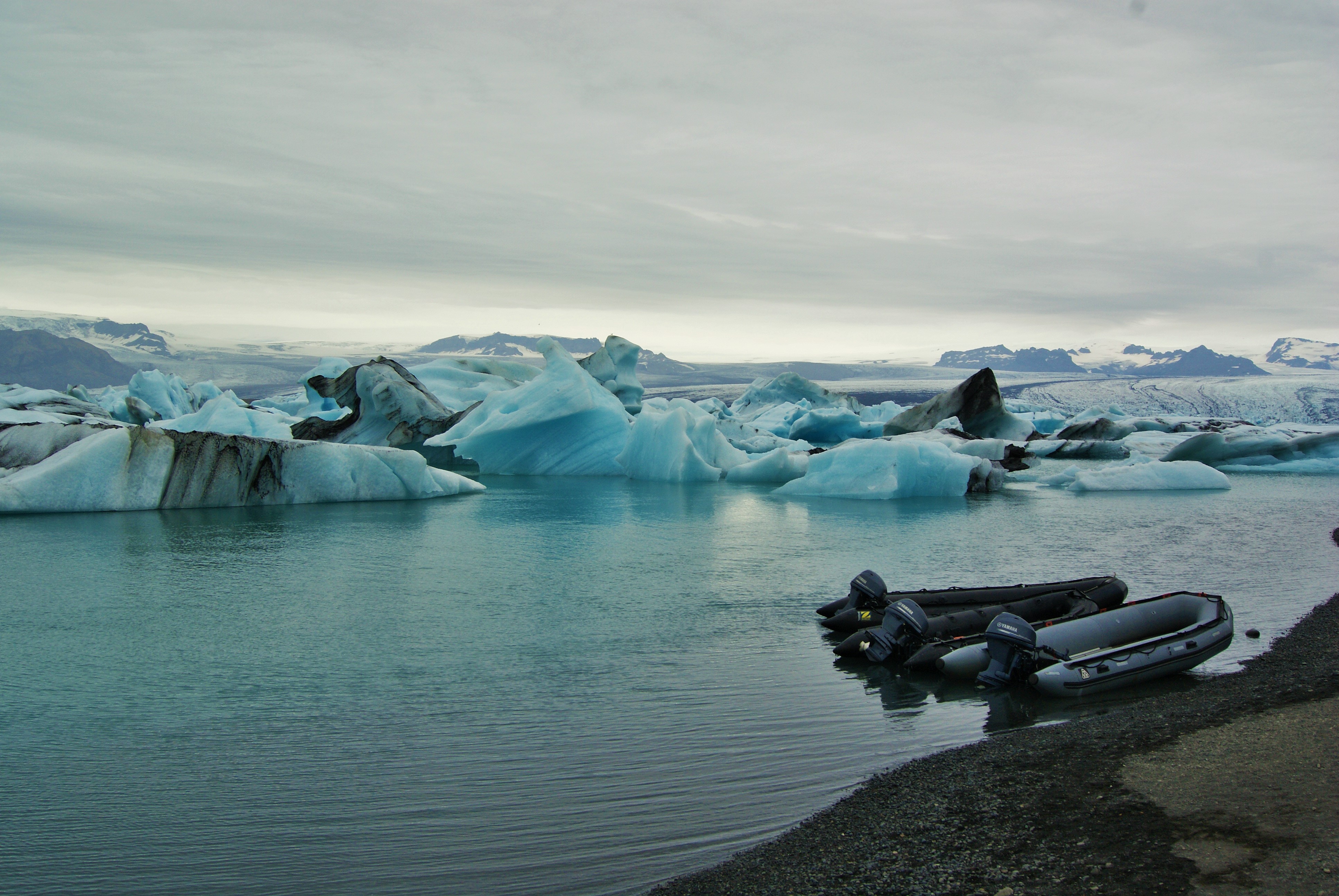
If you want to go whale watching, for example, you should do some research into the best locations around the country and compare tour prices. But it’s also worth checking the conditions and optimum times for spotting whales – if it’s not a good time of year to view them you may want to save your pennies and opt for a different activity.
Also consider alternatives. Glacier hiking trips at the likes of Skaftafell in the southeast of the country may well be out of your budget, but walking along the edge of the valley gives fantastic views of the glacier without the cost. Likewise, while the Blue Lagoon (Ikr6600 for a ticket in high season) isn't budget-friendly, you can experience geothermal water in one of the less famous hot pots around the country for a fraction of the price.
You can get around Iceland by car or bus, with a tour company or via internal flights. In summer, as long as you’re careful to stay off mountain roads, a 2WD hire car can open up much of the country. Roads are easy to navigate and blissfully traffic free. With prices starting at Ikr16,000 a day in high season, having your own wheels doesn’t come cheap, so price up the alternatives.
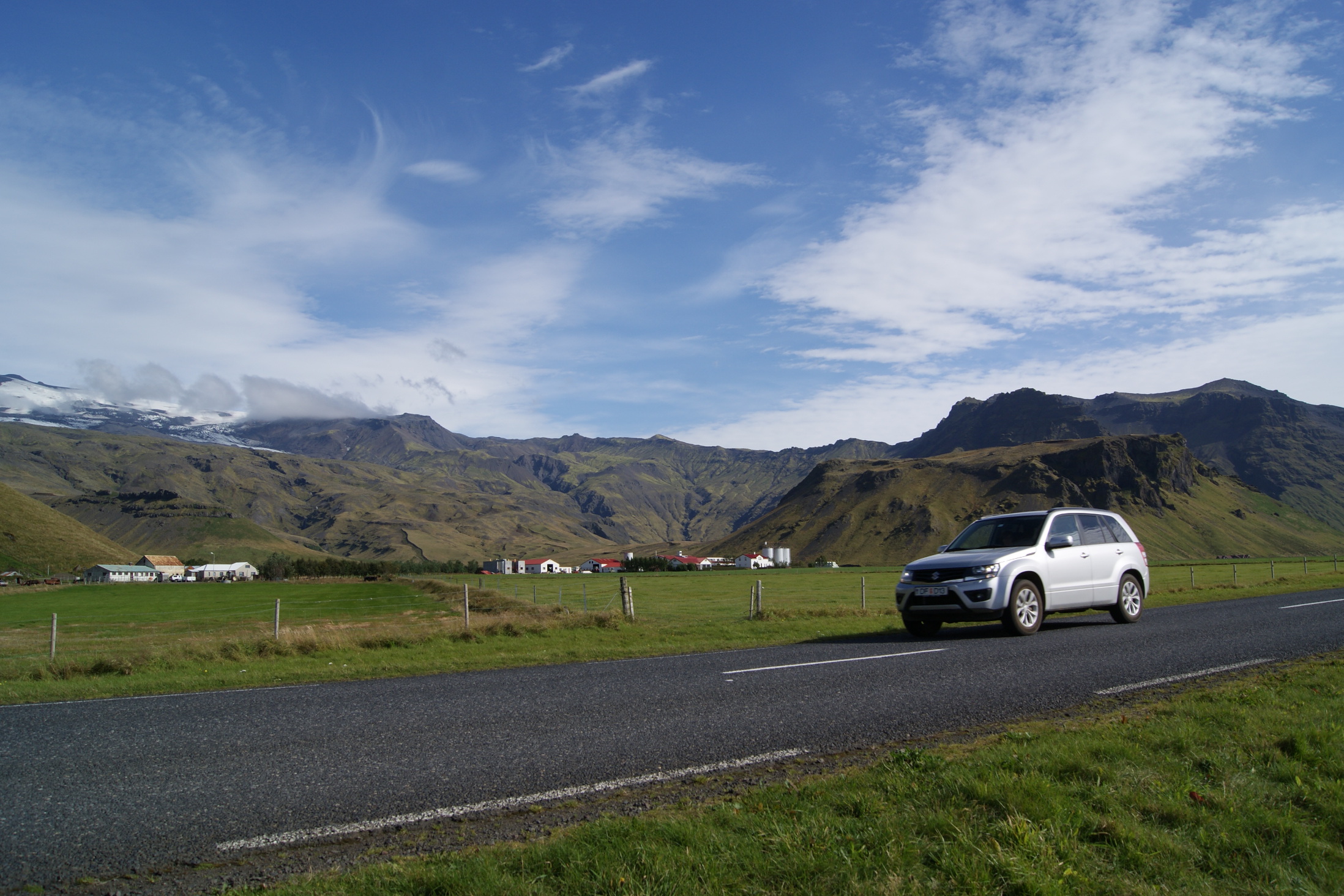
To save money on travel:
Even basic accommodation in Iceland isn’t cheap. With tourism growing rapidly, demand can exceed supply and finding a good-value room can be tricky.
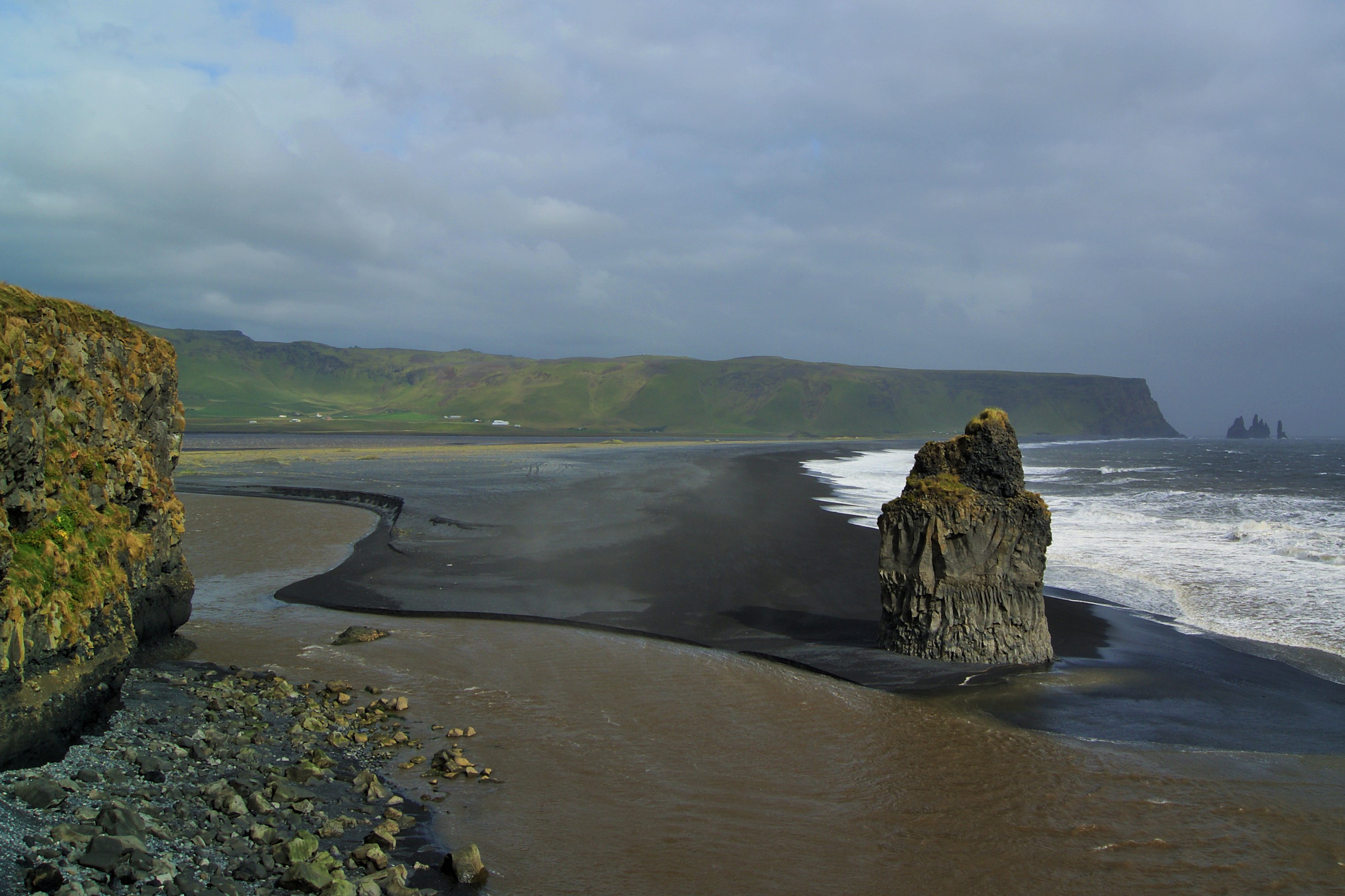
Much of Iceland’s food and drink is imported and can eat away at your money but there are some simple ways to reduce costs:
Book your flights to Keflavík International Airport well ahead of travelling, flying where possible outside of the summer high season. Avoid weekends and keep your eyes peeled for offers from budget airlines. If you’re travelling between North America and Europe, opt for a flight which allows a few days stopover in Iceland at no extra cost.